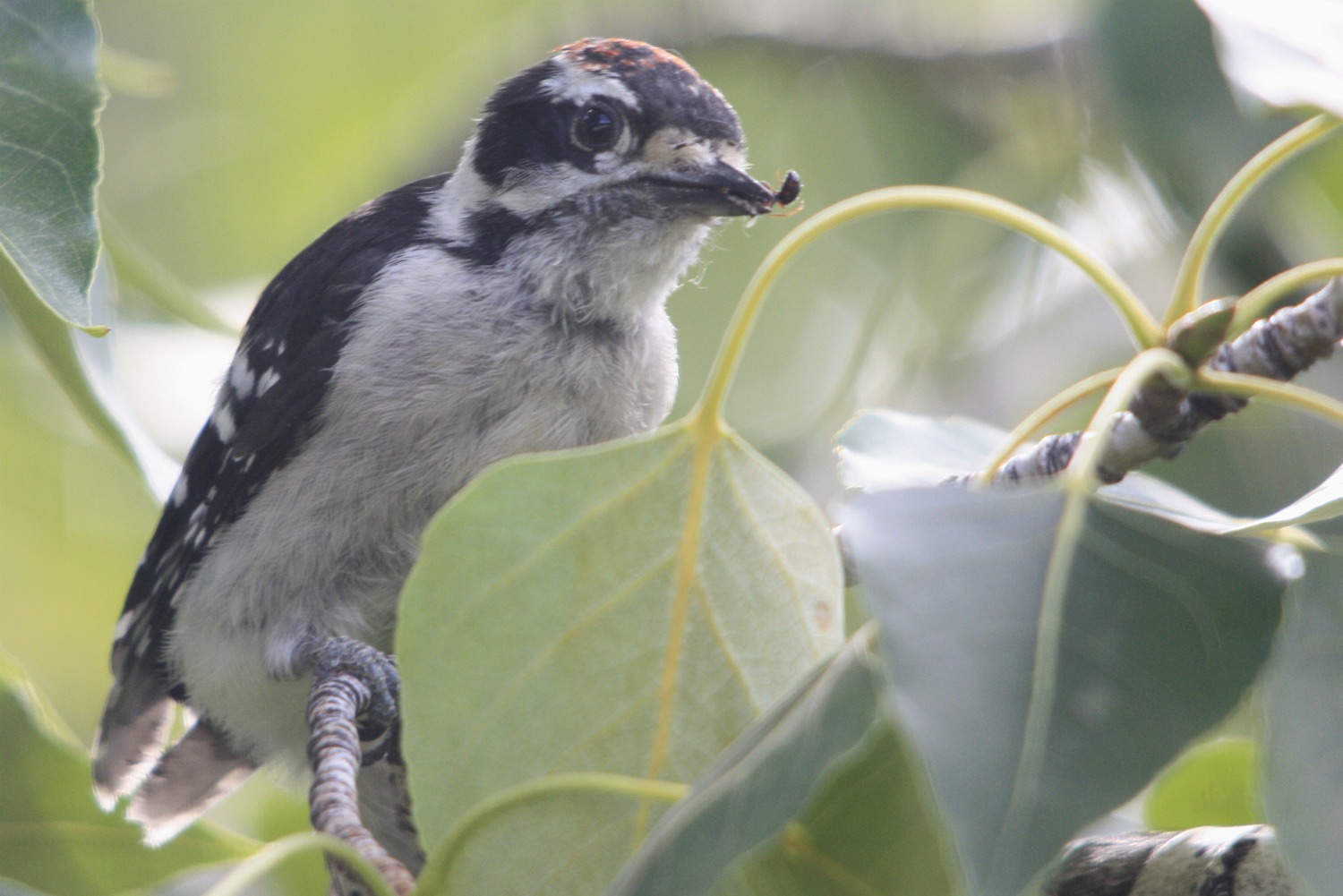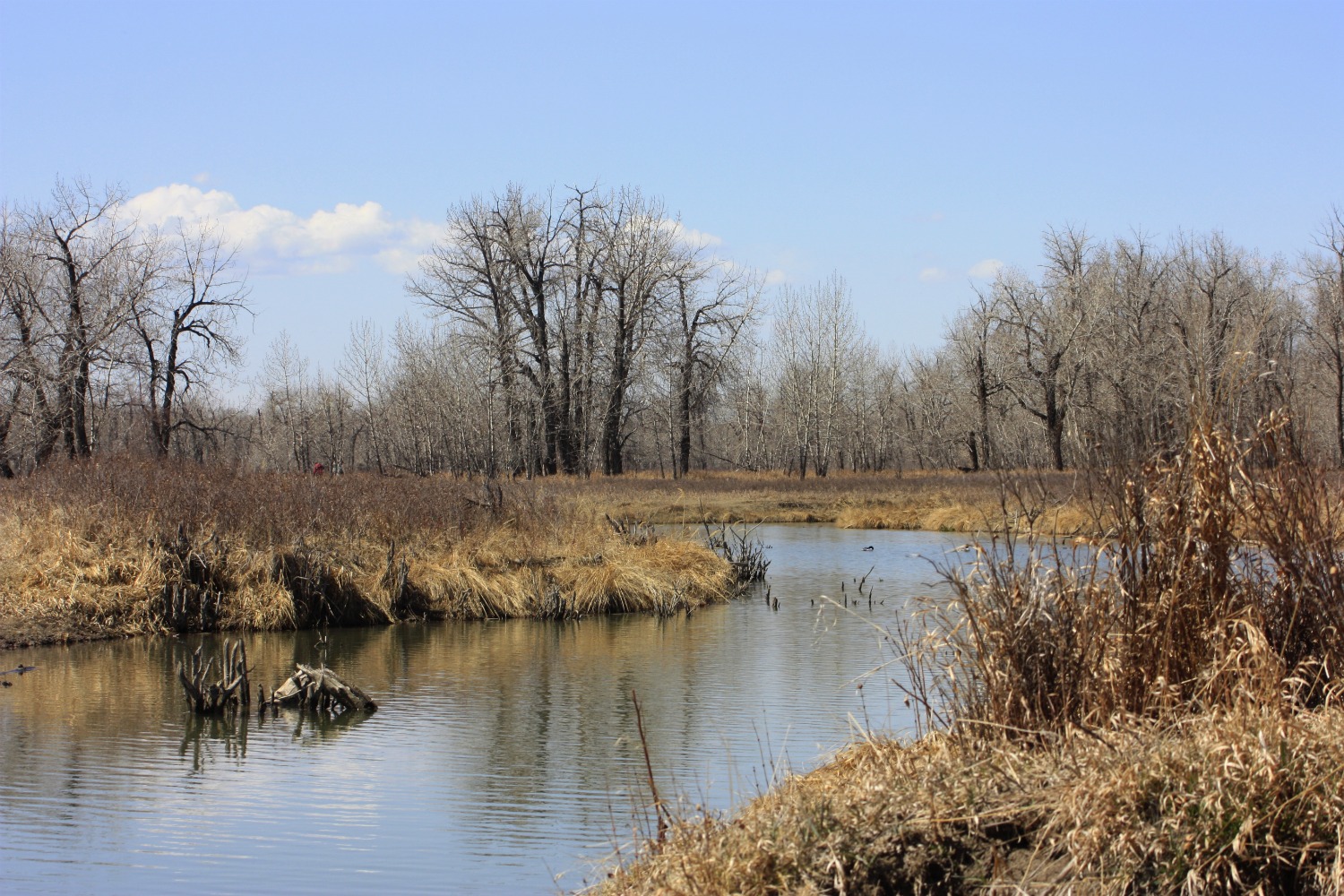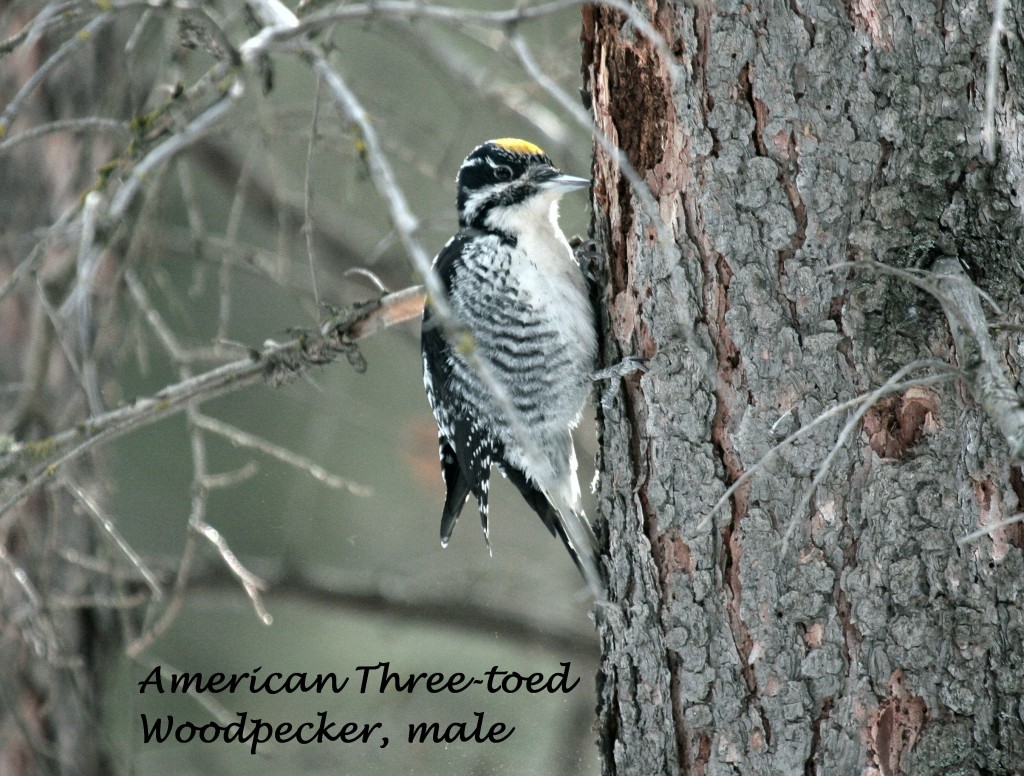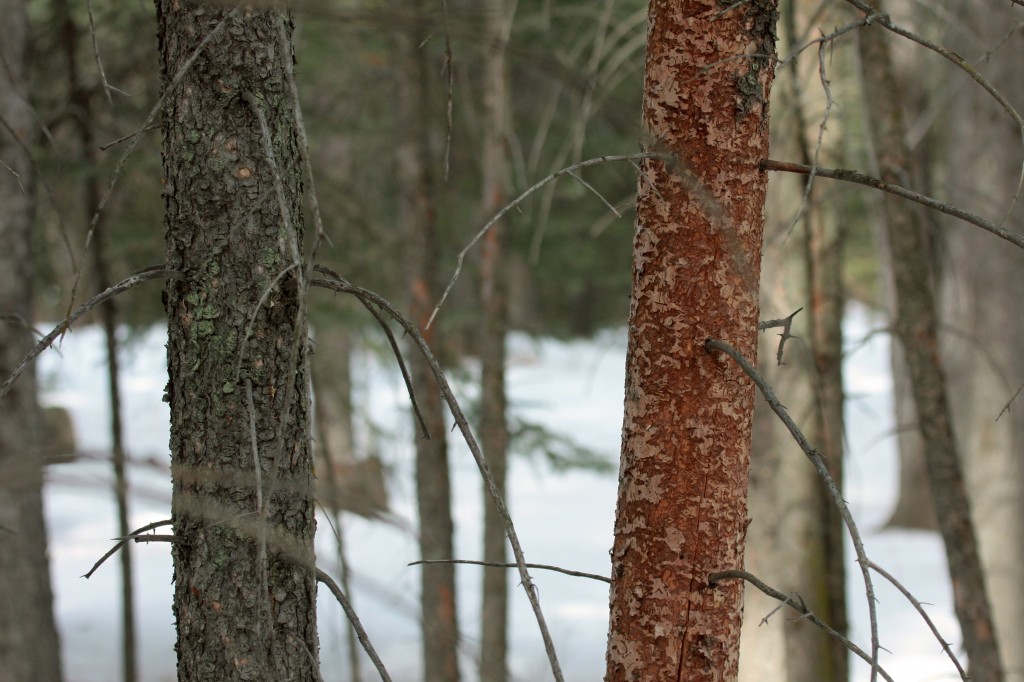Sometimes when you go birding you don’t find what you hope to see. But sometimes you see something unexpected that is just as great. And sometimes it’s not even a bird.
Last Saturday the Friends of Fish Creek Society birders explored the Votier’s Flats area of Fish Creek Park. Our goal was to find a Northern Pygmy-Owl, which is always a treat to see, and which several members of the group had never seen. The owl has not yet been reported in the park this fall but in the last few years it has first been sighted at about this time.
We didn’t find an owl, but someone spotted a writhing mass at the side of the path that turned out to be a family of Least Weasels – a mother with eight young.
Photo by Dan Arndt
The nine little mammals moved through the undergrowth in a mass, over and under each other, but always in contact. In his report on Albertabird, Gus Yaki described them as “travelling together so close that they seemed to be a single organism.” Pat Bumstead says that they probably were making one of their first forays outside their natal den, and were exploring their surroundings.
The mother crossed the trail near us, and the young separated amongst our feet. They showed no fear of us. I put my hand down, and briefly had one in my gloved hand. The shots below show just how small Least Weasels are. These young are as big as an adult, or nearly so.
 Photo by Wayne Walker
Photo by Wayne Walker
 Photo by Wayne Walker
Photo by Wayne Walker
The juveniles eventually crossed the trail to reunite with their mother.
Photo by Dan Arndt
Although they are impossibly cute, weasels are carnivores, capable of killing animals many times their size. In these photos they show off their teeth.
 Photo by Wayne Walker
Photo by Wayne Walker
Photo by Anne Elliott
We were very lucky to see such an amazing sight. If you’re like me, you can’t get enough of looking at these little guys, so below there are some more pictures for you to enjoy.
(To see an additional Birdscalgary post about another species of weasel, click here.)
(To see a YouTube video that uses some of these pictures, with music, click below:)
Here are the rest of the photos:
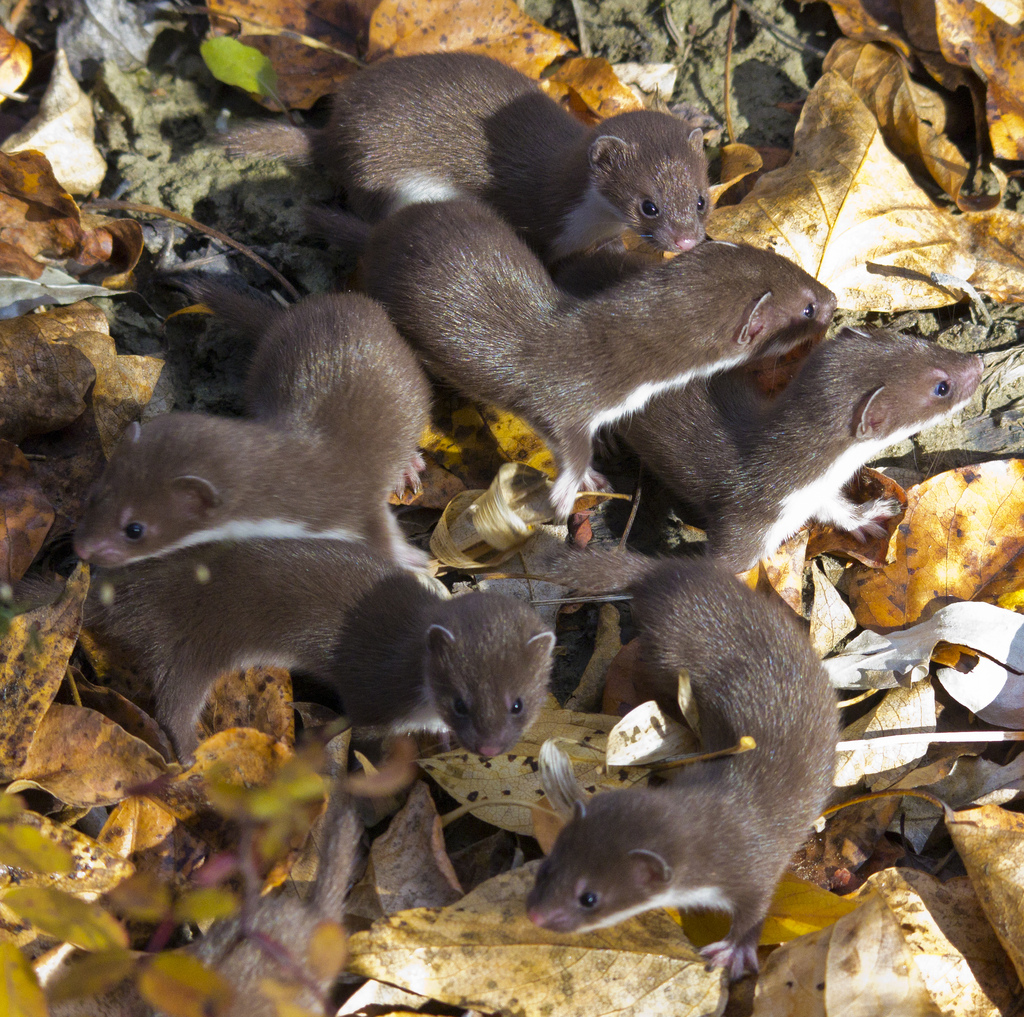 Photo by Dan Arndt
Photo by Dan Arndt
 Photo by Dan Arndt
Photo by Dan Arndt
 Photo by Anne Elliott
Photo by Anne Elliott
 Photo by Wayne Walker
Photo by Wayne Walker
Photo by Wayne Walker
Photo by Wayne Walker
Photo by Wayne Walker
Photo by Wayne Walker
Photo by Wayne Walker
Photo by Wayne Walker
Photo by Wayne Walker
Photo by Wayne Walker
Photo by Wayne Walker
Photo by Wayne Walker
Photo by Wayne Walker
Photo by Wayne Walker
Photo by Wayne Walker
Photo by Wayne Walker
Photo by Wayne Walker
Photo by Wayne Walker
Thanks to the three photographers who contributed these great pictures: Wayne Walker, Dan Arndt, and Anne Elliott.
Posted by Bob Lefebvre




















































